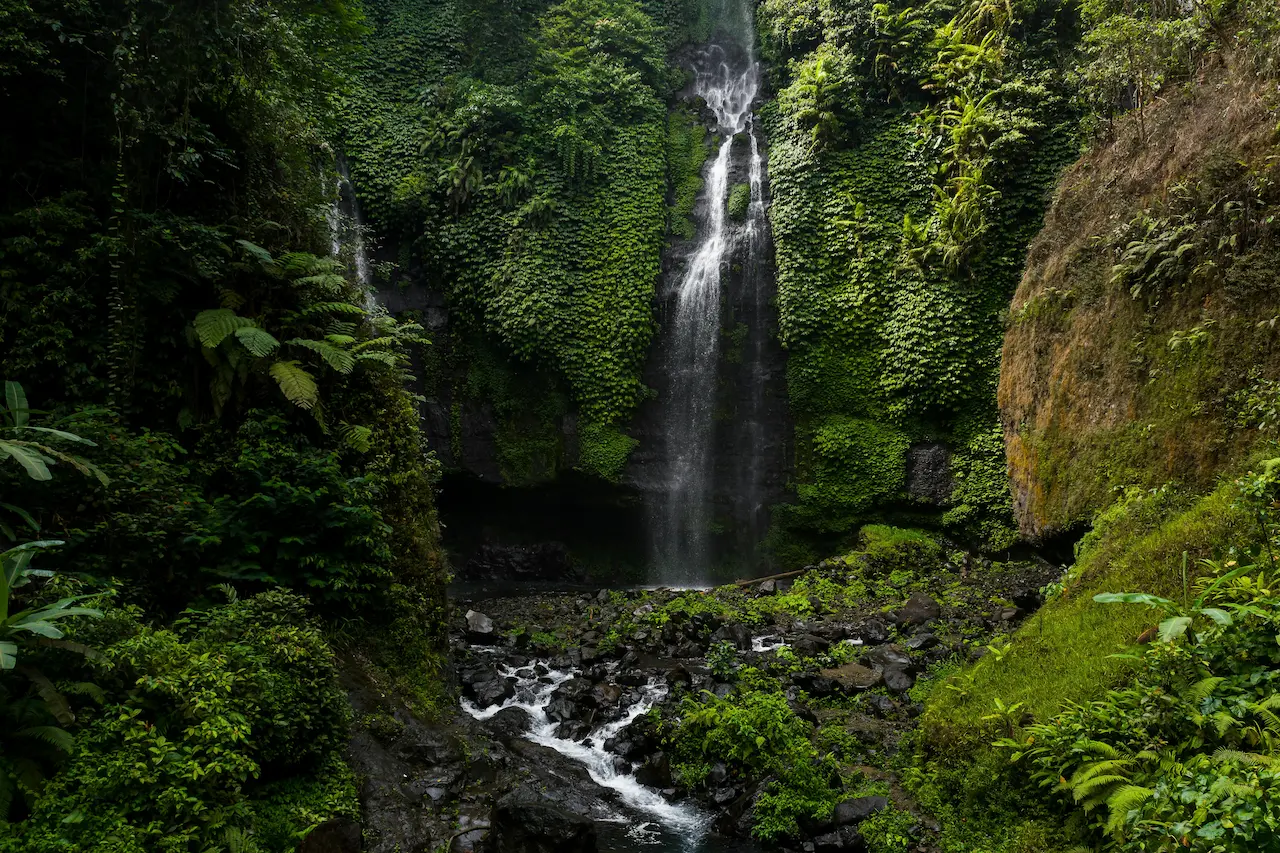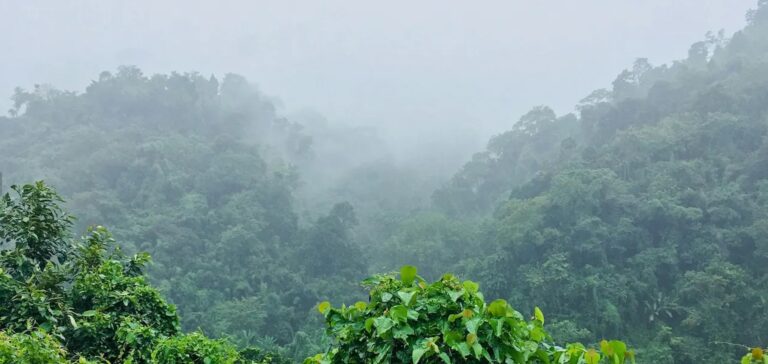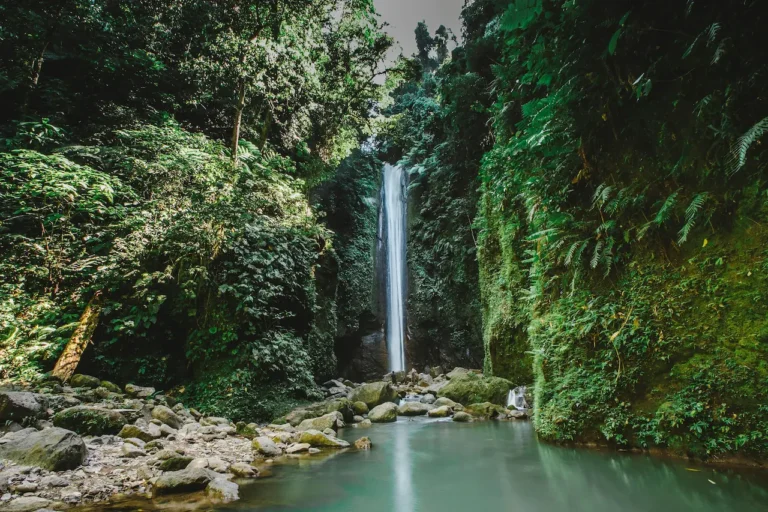How the Chutus Managed Droughts and Floods in the Deccan Plateau
For centuries, the Deccan Plateau, a vast and often unforgiving expanse of southeastern India, has been shaped by the cyclical dance of monsoon rains, the capricious moods of the Godavari and Krishna rivers, and the subsequent threats of drought and flood. While the names of the Mauryas, Satavahanas, and Rashtrakutas resonate through the annals of Indian history, a far more intriguing and remarkably effective kingdom, the Chutus, has largely faded into the shadows. Their story, pieced together from fragmented inscriptions, epigraphic evidence, and a deeper understanding of the region’s hydrogeology, reveals a sophisticated system of water management that deserves far greater recognition. This wasn’t mere luck; it was the result of a profound understanding of the land and a proactive, adaptable approach to dealing with the region’s inherent vulnerabilities.
The Context: A Landscape of Extremes
The Deccan Plateau is characterized by a complex topography – undulating hills, deep river valleys, and extensive basalt formations. The Godavari and Krishna rivers, the lifeline of the region, are notorious for their seasonal flooding, exacerbated by deforestation and the unyielding nature of the terrain. Droughts were equally frequent and devastating, often lasting for years, crippling agriculture and threatening the very survival of settlements. The ancient Chutus, who flourished primarily between the 2nd century BCE and the 4th century CE, inherited this precarious environment. Their kingdom, centered around the present-day Adilabad and Karimnagar districts of Telangana, was strategically positioned to experience the full brunt of these hydrological challenges – a critical factor in shaping their governance and survival strategies.
Chutu Water Management: A Multifaceted Approach
The Chutu’s success wasn’t built on grand dams or monumental irrigation projects, the hallmarks of later empires. Instead, their strategy revolved around a remarkably detailed and locally-focused system of water management, built upon several key pillars:
- Micro-Irrigation Networks: The most significant aspect of their system was a network of interconnected ‘vankars’ – small, locally-built tanks and reservoirs. These weren’t simply holding pools; they were meticulously engineered to capture and distribute rainwater. Archaeological evidence, including the discovery of sophisticated bunds (embankments) and channels, indicates a deep understanding of hydraulic principles. The size of the vankars varied, reflecting the specific rainfall patterns and agricultural needs of each locality.
- Terracing and Soil Conservation: Recognizing the impact of heavy rainfall on soil erosion, the Chutus employed extensive terracing techniques on hillsides, mimicking the natural contours of the land. This not only prevented soil loss but also helped to regulate water flow, reducing the risk of flash floods.
- ‘Vaikala’ Systems: The Chutus utilized a system of ‘vaikalas’ – elevated platforms used for drying grains and storing agricultural produce. These were strategically placed to minimize the impact of floodwaters and provided a safe haven for crops during periods of inundation.
- Community Involvement: Crucially, water management was not solely the domain of a central authority. The Chutus relied heavily on the active participation of local communities. Inscriptions reveal a system of ‘vankara-vamsas’ – essentially water user associations – where communities were responsible for the construction, maintenance, and equitable distribution of water resources. This fostered a sense of ownership and ensured the long-term sustainability of the system.
- Strategic Grove Planting: Recognizing the importance of vegetation in regulating water cycles, the Chutus practiced extensive ‘vrukshapannana’ – the planting of trees, particularly date palms and other drought-resistant species. These groves acted as natural barriers against erosion, provided shade, and contributed to localized rainfall through transpiration.
Epigraphic Evidence and Royal Patronage
The primary source of information about the Chutus comes from the numerous inscriptions they left behind, primarily in the Prakrit language. These inscriptions, often found on stone slabs and pillars, provide invaluable insights into their governance, economic activities, and, importantly, their water management practices. Royal inscriptions frequently recorded donations of vankars to local deities, solidifying the king’s role as protector of the community’s water resources. One particularly significant inscription, discovered at Adilabad, details the construction of a vanka (reservoir) dedicated to the goddess Mahakali, highlighting the close relationship between religious belief and water management.
Furthermore, the quality of the inscriptions – their meticulous detail and frequent references to water-related activities – suggests a kingdom deeply invested in documenting and managing its vital resources. The royal patronage of vankara construction wasn’t merely a symbolic gesture; it represented a tangible commitment to the prosperity and security of the Chutu realm.
Lessons for Resilience in a Changing Climate
The story of the Chutus offers a powerful lesson in resilience and adaptive management. Their decentralized, community-based approach to water management, coupled with a deep understanding of the local environment, stands in stark contrast to the centralized, large-scale projects that characterized later Indian empires. In the face of increasing concerns about climate change and the growing threat of water scarcity, the Chutus’ strategies – emphasizing local adaptation, community involvement, and a holistic understanding of the water cycle – could provide valuable insights for modern water management practices. Their legacy isn’t just a historical footnote; it’s a testament to the enduring wisdom of communities living in harmony with their environment.
The Chutus demonstrate that sustainable water management is not about imposing grand solutions, but about fostering a collaborative relationship between people and the land.




